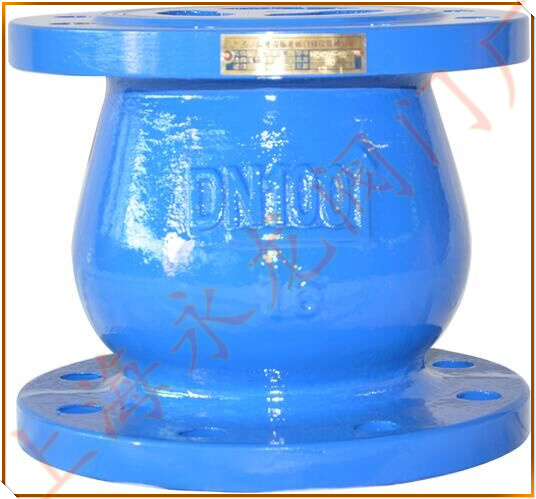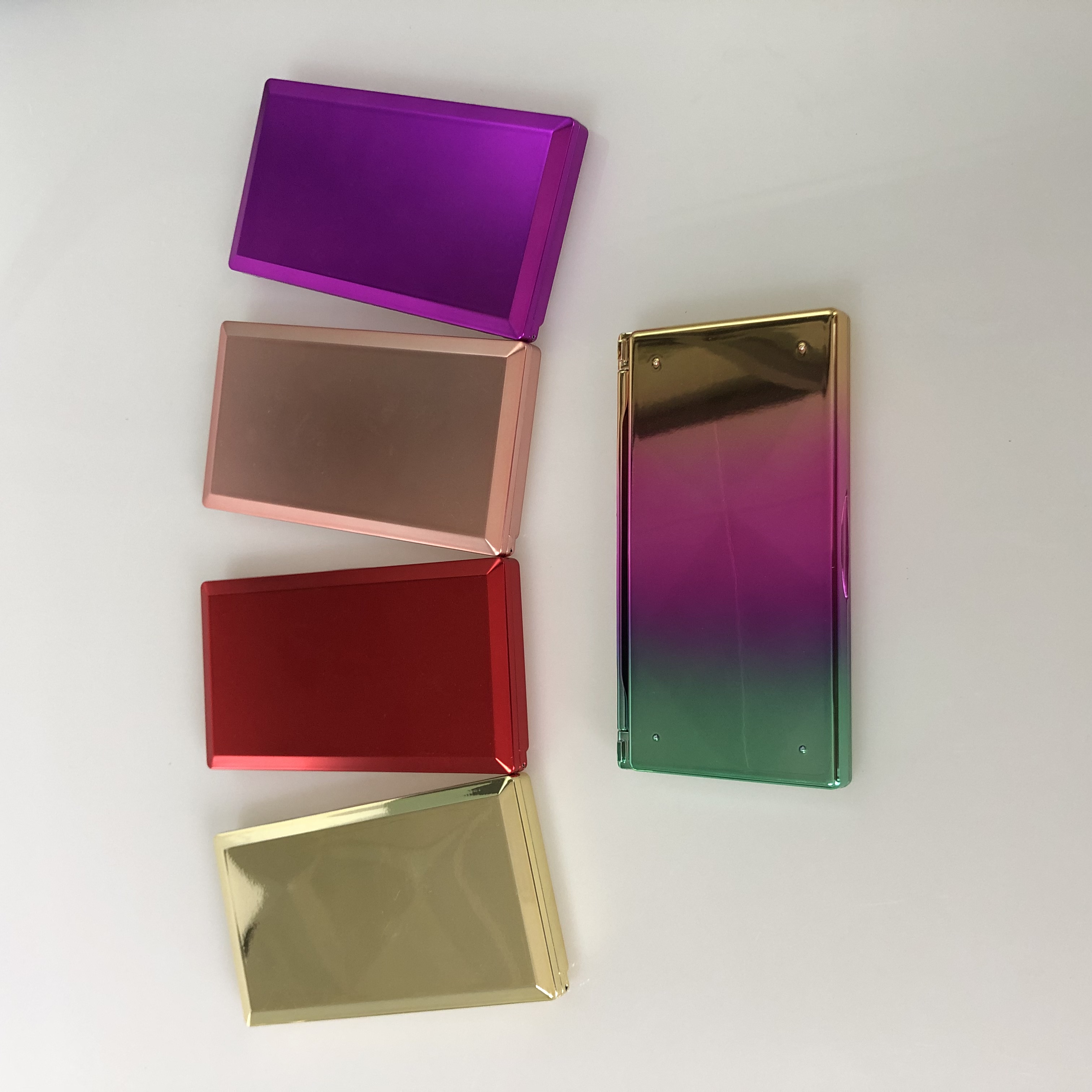Why doesn't the pump outlet have a "check valve" and easy to produce water hammer?
2019-09-19 14:08:36
Look at the consequences of a pump without a check valve:

The sudden change in the flow of the water in the pump outlet pipe due to valve opening, closing of the valve, and stopping of the pump causes a sudden change in the flow rate in the pipe. This causes a change in the momentum per unit of time, which inevitably generates a corresponding inertial force, thereby causing pressure in the pipe. Rise and fall suddenly alternate phenomenon. This flow velocity and pressure change with time and location is called water hammer (or water hammer).
The water hammer of the pumping station has a water hammer for starting, a water hammer for closing the valve, and a water hammer for stopping the pump (formed due to a sudden power outage, etc.). The first two types of water hammer will not cause problems that endanger the safety of the unit under normal operating procedures. The water hammer pressure formed by the latter tends to be very large, resulting in accidents.
Therefore, the purpose of studying water hammer and calculating water hammer is:
1 to formulate protective measures when the highest water hammer pressure causes damage to pipelines and units;
2 to formulate the minimum water hammer pressure in the pipeline caused by the negative pressure, as well as leading to damage to the pipeline when the protective measures;
3 Prevent damage caused by reversing the unit.
In the pumping system, the characteristics of the pump are the boundary conditions at the beginning of the pipeline. Now we analyze that the pump outlet does not contain an anechoic check valve, and the pipeline outlet does not have a flap door. When the pump stops in an accident, the pump loses its driving force. The water-hammer process (or the hydraulic transition process) when the pump-water side gate valve cannot be closed in time and the water in the pipeline is reversed
1. Water Pump Condition When the water pump loses power, the speed of the water pump drops sharply. The water flow in the pump and outlet pipe continues to move in the original direction due to inertia, but its flow rate rapidly decreases and the pressure decreases until the water flow stops in a positive direction. The flow rate is zero. At this moment, the water pump is still moving forward, and the water flow is positive flow (water flow from the water pump to the water discharge pool is called positive flow), which is called the water pump operating condition.
2. In the transient static water with zero flow in the outlet pipe, due to the static head of the outlet basin, the reverse flow from the outlet basin to the pump is generated in the outlet pipe, and the reverse flow starts from the pump impeller still running. The effect of braking forces the speed of the rotor of the unit to accelerate down until the speed is zero. At this moment, the pressure at the outlet of the pump gradually rises due to the resistance of the forward rotating impeller to the reverse flow. The momentary transient condition of the pump is called a braking condition.
3. Turbine working conditions With the increase of the reverse flow, the water pump speed starts to reverse from zero and rises rapidly. At the same time, the centrifugal force of the rotating impeller on the water flow also increases, which hinders the reverse flow. This resistance increases with the acceleration of the reverse rotation of the impeller, causing the pressure to rise rapidly after pumping, reaching a maximum at a certain moment, and the corresponding reverse rotation speed also reaches a maximum. While the resistance increases, it also resists the continual increase of the reverse flow, and gradually decreases after reaching a certain maximum value. The energy acting on the impeller is also reduced accordingly, so that the reverse rotation speed gradually decreases until the torque acting on the impeller under the action of a stable static head balances with the resistance moment of the rotating part of the unit, and the unit has a constant reverse flow and rotation speed. Working like a turbine without any load, the water hammer pressure disappears. This transient condition is called a turbine operating condition.
The above is the result of the pump not equipped with a silent check valve. At the same time, the pressure change after the pump will be in the form of water hammer wave along the outlet pipe to the outflow basin, and then reflected back from the outlet pool, forming a complex water hammer phenomenon in the outlet pipe, the water hammer phenomenon check valve products Water hammer check valve can be used.

The sudden change in the flow of the water in the pump outlet pipe due to valve opening, closing of the valve, and stopping of the pump causes a sudden change in the flow rate in the pipe. This causes a change in the momentum per unit of time, which inevitably generates a corresponding inertial force, thereby causing pressure in the pipe. Rise and fall suddenly alternate phenomenon. This flow velocity and pressure change with time and location is called water hammer (or water hammer).
The water hammer of the pumping station has a water hammer for starting, a water hammer for closing the valve, and a water hammer for stopping the pump (formed due to a sudden power outage, etc.). The first two types of water hammer will not cause problems that endanger the safety of the unit under normal operating procedures. The water hammer pressure formed by the latter tends to be very large, resulting in accidents.
Therefore, the purpose of studying water hammer and calculating water hammer is:
1 to formulate protective measures when the highest water hammer pressure causes damage to pipelines and units;
2 to formulate the minimum water hammer pressure in the pipeline caused by the negative pressure, as well as leading to damage to the pipeline when the protective measures;
3 Prevent damage caused by reversing the unit.
In the pumping system, the characteristics of the pump are the boundary conditions at the beginning of the pipeline. Now we analyze that the pump outlet does not contain an anechoic check valve, and the pipeline outlet does not have a flap door. When the pump stops in an accident, the pump loses its driving force. The water-hammer process (or the hydraulic transition process) when the pump-water side gate valve cannot be closed in time and the water in the pipeline is reversed
1. Water Pump Condition When the water pump loses power, the speed of the water pump drops sharply. The water flow in the pump and outlet pipe continues to move in the original direction due to inertia, but its flow rate rapidly decreases and the pressure decreases until the water flow stops in a positive direction. The flow rate is zero. At this moment, the water pump is still moving forward, and the water flow is positive flow (water flow from the water pump to the water discharge pool is called positive flow), which is called the water pump operating condition.
2. In the transient static water with zero flow in the outlet pipe, due to the static head of the outlet basin, the reverse flow from the outlet basin to the pump is generated in the outlet pipe, and the reverse flow starts from the pump impeller still running. The effect of braking forces the speed of the rotor of the unit to accelerate down until the speed is zero. At this moment, the pressure at the outlet of the pump gradually rises due to the resistance of the forward rotating impeller to the reverse flow. The momentary transient condition of the pump is called a braking condition.
3. Turbine working conditions With the increase of the reverse flow, the water pump speed starts to reverse from zero and rises rapidly. At the same time, the centrifugal force of the rotating impeller on the water flow also increases, which hinders the reverse flow. This resistance increases with the acceleration of the reverse rotation of the impeller, causing the pressure to rise rapidly after pumping, reaching a maximum at a certain moment, and the corresponding reverse rotation speed also reaches a maximum. While the resistance increases, it also resists the continual increase of the reverse flow, and gradually decreases after reaching a certain maximum value. The energy acting on the impeller is also reduced accordingly, so that the reverse rotation speed gradually decreases until the torque acting on the impeller under the action of a stable static head balances with the resistance moment of the rotating part of the unit, and the unit has a constant reverse flow and rotation speed. Working like a turbine without any load, the water hammer pressure disappears. This transient condition is called a turbine operating condition.
The above is the result of the pump not equipped with a silent check valve. At the same time, the pressure change after the pump will be in the form of water hammer wave along the outlet pipe to the outflow basin, and then reflected back from the outlet pool, forming a complex water hammer phenomenon in the outlet pipe, the water hammer phenomenon check valve products Water hammer check valve can be used.
large size can be filled with more powder. It also can change to any color and Surface Treatment, like rubber, UV spray, plating. the parts of plastic injection will be assembled together in our assembly workshop. Its size is 119.6*63MM, and surface treatment is electronic plating. There are some different colors for bottom and top cover. The molds are existed, so we can produced for client at anytime. And it is good for us to control the quality and timing.

Silk Screen Printing,Rectangle Compact Packaging,Compact Assembly,Plastic Injection For Compact Package
DongGuan LongTen package Products Co. Ltd , https://www.longtenpack.com